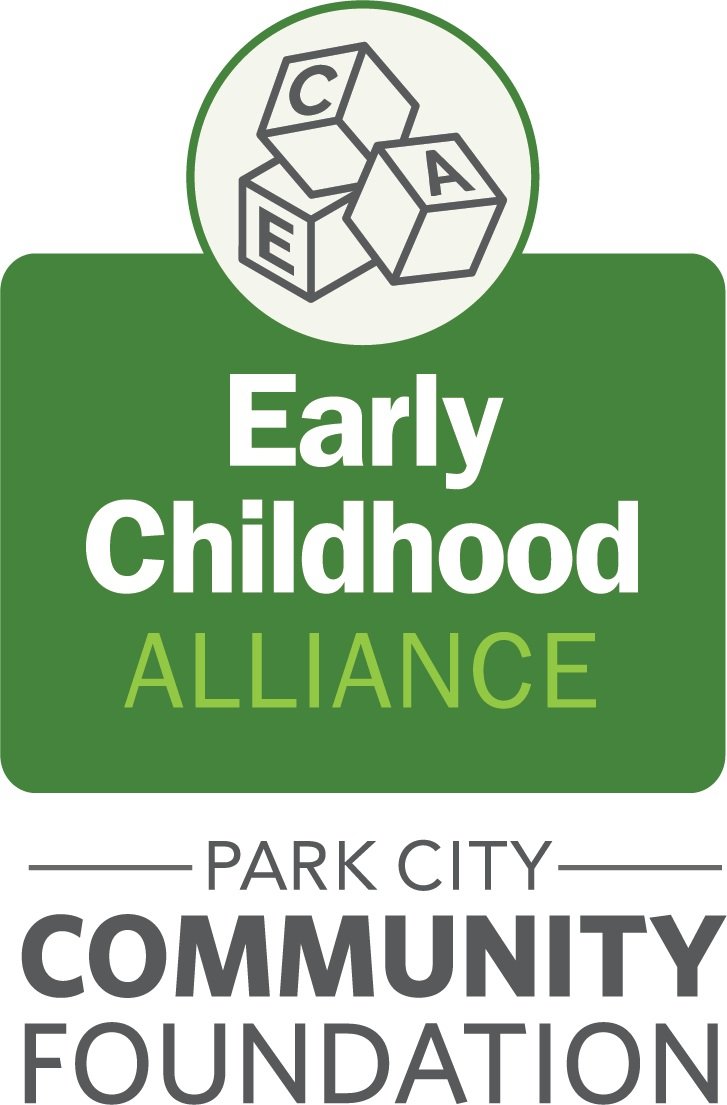*Updated October 17 to include the latest budget proposal from Summit County.
September 30 has come and gone, and we are now on the other side of what people have been calling the “childcare cliff.” Although that term accurately conveys the drastic drop in federal funding that was stabilizing childcare providers nationwide, the fallout will likely be more of a slow unraveling than a sharp cliff-like drop. As Brigette Weier said in a recent KPCW article, “It's not just going to happen Sunday, Oct. 1, like the pandemic where we just shut down… it'll look like a waterfall, where people just kind of keep falling over the edge until somebody notices.”
In the coming months and years, we would expect to see increased tuition, teacher pay cuts and layoffs, centers reducing the number of classrooms, or closing all together. The Century Foundation estimates that Utah is one of only six states that is predicted to have the number of licensed programs possibly be cut by half or more, affecting more than 35,000 kids, and causing Utah parents to lose $101 million in earnings as a result of being forced to cut work hours or leave the workforce.
Below is a quick update on where things currently stand, locally and more broadly. We also include a handful of action items you can take to help stabilize our providers and families in Summit County, Utah.
Advocacy and Funding Update:
Additional funding proposals at the federal and state levels have failed so far. The hope was that the stabilization funding provided in the American Rescue Plan Act would be continued as part of the Build Back Better plan, but that was not the case. There is currently a Childcare Stabilization Act that has been proposed, but given the current disputes in Washington D.C. over government spending, it seems unlikely to pass. Similarly, the state of Utah has rejected various proposals that would have extended funding. Many local businesses and organizations have been donating to support our early care and education ecosystem, but we need local governments’ support.
Park City Council
As background, the Early Childhood Alliance and the Summit County Economic Development Department prepared a Summit County Childcare Needs Assessment, and then created a companion needs assessment specific to the municipal limits of Park City. ECA then proposed the Park City Cares About Kids plan, which included the creation of a childhood stabilization fund of $2 million/annually in an effort to make up for the disappearing federal funding, help stabilize our childcare centers, and lessen the financial burden on families with young children who live or work in Park City’s municipal boundaries. The council approved $1 million in one-time funding to be used to support those who live and/or work in 84060.
Park City Council agreed upon how those funds will be used (see screenshot below) and are in the process of selecting an organization to distribute funds to eligible families. You can check your potential eligibility here and we will share out the application process as soon as it’s available.















